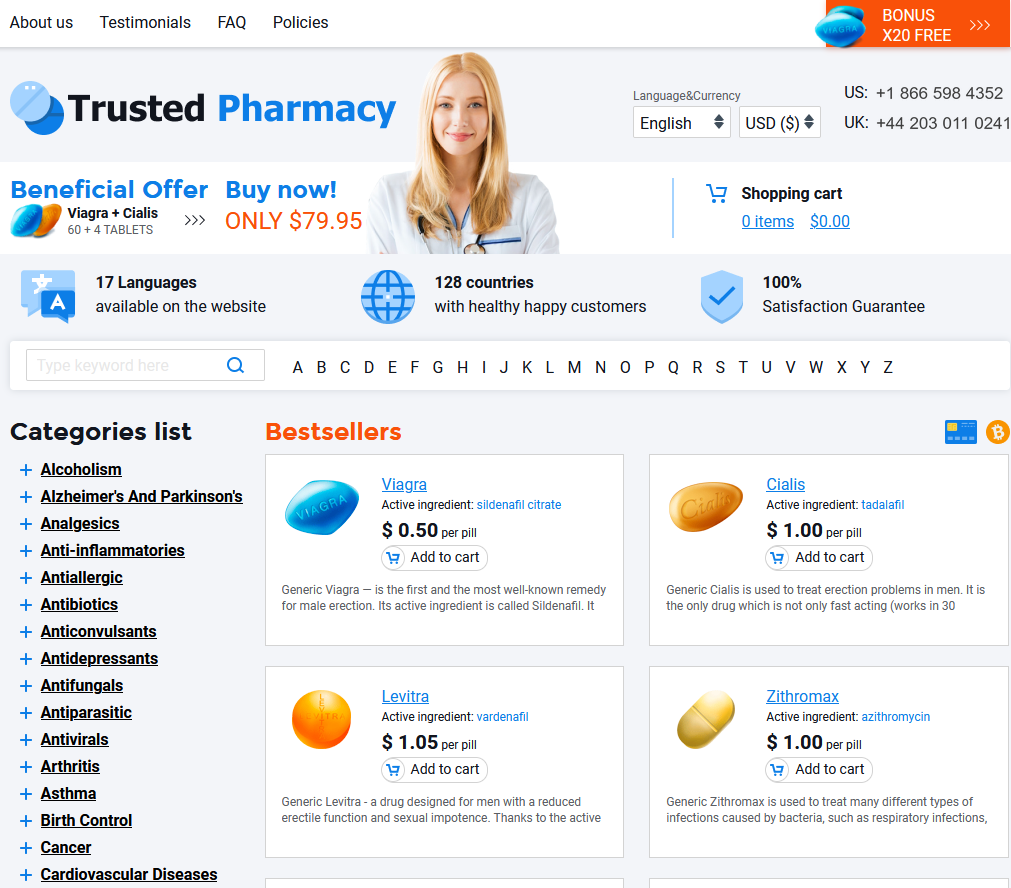 Understanding Erythromycin's Role in Acne Treatment
Understanding Erythromycin's Role in Acne Treatment
The Science Behind Erythromycin's Effectiveness on Acne
Erythromycin exerts its effects on acne by targeting the root of the problem—bacteria such as Propionibacterium acnes that fuel inflammation in the skin. As an antibiotic, erythromycin fights these bacteria, cutting down on redness and swelling associated with acne breakouts. The magic happens not just at the surface but inside the clogged hair follicles, where erythromycin penetrates to disrupt bacterial activity. | Erythromycin Benefits | Description |
|------------------------|-------------|
| Antibacterial Action | Reduces P. acnes bacteria |
| Anti-inflammatory | Decreases redness and swelling |
| Penetrating Power | Reaches deep into follicles | However, the question of resistance is always a possibility, similar to what's found with over-the-counter meds, hence proper adherence to the Sig is essential when using this treatment.
How Erythromycin Compares with Other Acne Treatments

Erythromycin holds its ground against many acne treatments due to its capability as an antibiotic that targets and reduces acne-causing bacteria on the skin. This magic elixir has been a staple script for dermatologists, working effectively to decrease inflammation and prevent new blemishes. Compared to topical treatments like benzoyl peroxide or adapalene, erythromycin offers the advantage of reducing inflammatory acne with minimal skin irritation. However, it shares the spotlight with compound medications like clindamycin, both being renowned for tackling bacterial infection directly. In the realm of oral therapies, erythromycin is often compared to tetracycline antibiotics. While tetracyclines are typically the top choice due to higher efficacy and fewer side effects, erythromycin serves as an important alternative, especially for those who can't tolerate tetracyclines. Other options like isotretinoin are heavy-duty with more pronounced side effects, such as significant 'hangover'-like symptoms. Therefore, erythromycin maintains its value as a versatile option in acne management, offering a middle ground between efficacy and safety.
Potential Side Effects of Erythromycin in Skincare
Navigating through the realm of skincare with erythromycin can sometimes lead to a few bumps along the way, beyond those it is meant to treat. As your skin starts to respond to this Rx, you might notice some dryness or irritation. It's akin to experiencing a hangover, not with alcohol, but with your skin acclimating to this potent comp. In more sensitive instances, users could face more pronounced issues like peeling or redness. A critical element in this skincare journey is understanding the Sig to ensure optimal application. By being aware of these possible reactions, users can better manage expectations and achieve the desired outcome more safely.
Combining Erythromycin with Other Acne Remedies

When tackling acne, combining erythromycin with other remedies can be likened to crafting a well-rounded cocktail for skin health. Erythromycin, a powerful antibiotic, can pair effectively with topical treatments like benzoyl peroxide to enhance bacterial inhibition and reduce inflammation. This comp approach harnesses the strengths of different medications, offering a comprehensive solution that tackles acne from multiple angles. Dermatologists often script a combination of therapies to optimize results, tailoring each prescription to the patient’s needs. In terms of combining strategies, it's crucial to follow the Sig provided by your healthcare provider. This ensures the complementary remedies achieve the desired effect without overlap that could cause adverse reactions. The dynamic nature of acne varies from person to person, making a static treatment plan less effective. Stat adjustments to therapy based on skin response can optimize outcomes. Furthermore, using a good moisturizer can counteract the drying effects of erythromycin and benzoyl peroxide. It's worth noting that while compounding treatments enhance efficacy, one must be cautious of potential interactions. Always count and pour over the potential benefits and risks with a professional, ensuring the therapy suits your unique skin profile for the best results.
Tips for Optimal Erythromycin Use in Acne Management
To get the most out of erythromycin in acne management, it's vital first to adhere to the Sig properly, reading and following all directions on your Script. Consistency plays a role, much like a carefully crafted Elixir, in ensuring the treatment's full effectiveness. Pairing this antibiotic with gentle skincare routines can reduce irritation, while avoiding acne-fighting agents that can further inflame the skin is crucial.
| Do's |
Don'ts |
| Follow your prescription |
Ignore skin reactions |
| Use gentle skincare products |
Mix with harsh ingredients |
Remember, avoiding the collective "Pharm Party" mentality—mixing and matching various treatments without guidance—is essential to long-term skin health. By maintaining a routine and recognizing your skin's unique response to the medication, you can transform acne management into a smoother journey.
Future Developments in Erythromycin-based Acne Therapy
Recent innovations in erythromycin-based acne treatments indicate an exciting shift towards personalized medicine. By applying cutting-edge genetic insights, developers aim to tailor erythromycin's formulations to address individual skin types more effectively. Compounded medications are anticipated to play a significant role, offering customized elixirs that combine erythromycin with other therapeutic agents to enhance efficacy. Researchers are also exploring nanoparticle technology to improve erythromycin's skin penetration, aiming for quicker, stat-like results in acne relief. Moreover, integrating artificial intelligence into skincare could offer consumers real-time skincare guidance and adjustments, ensuring erythromycin treatments are optimally utilized and reducing any unwanted side effects.
|